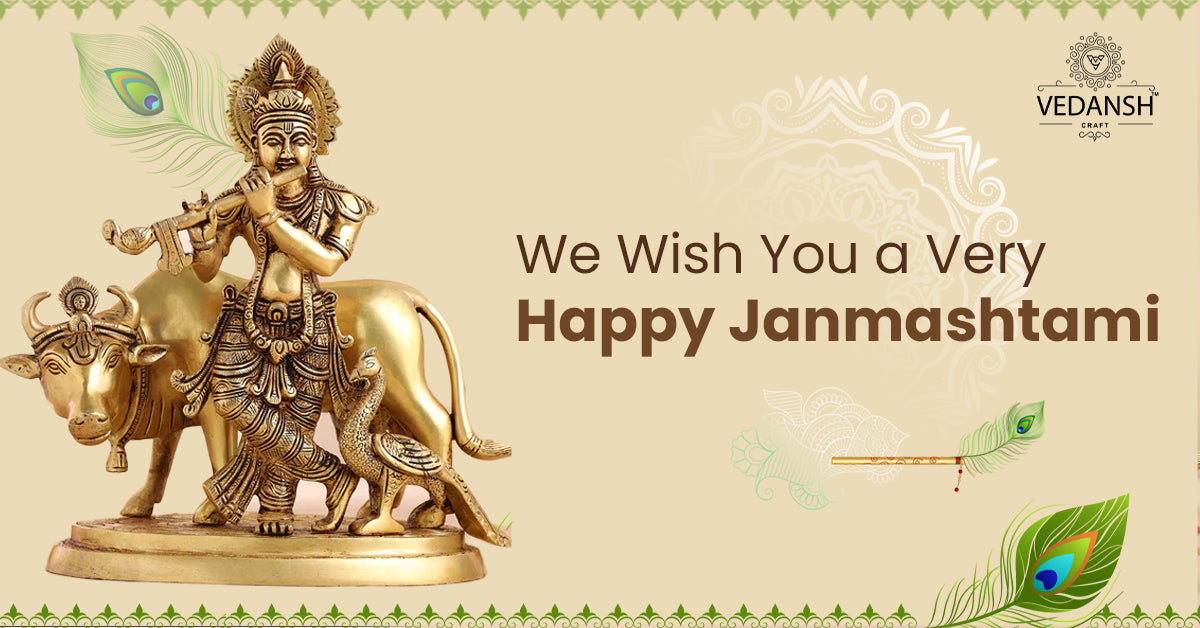

What does Om Swastika Represents
, by javed techqart, 4 min reading time
The Om Swastika symbol combines two ancient and powerful symbols - "Om" and "Swastika." It holds significant importance in various cultures and religions, representing a fusion of spiritual and cultural elements. This symbol is often seen as a source of positive energy and harmony.
The roots of the Om Swastika symbol can be traced back to ancient civilizations. The Swastika, originally a symbol of good luck and well-being, has been used in cultures worldwide for thousands of years. "Om," on the other hand, is a sacred sound and a spiritual icon in Hinduism, Buddhism, and other traditions. The combination of these symbols reflects a deep connection to cultural heritage and spiritual beliefs.
The Om Swastika symbol holds a special place in several religions and traditions. It is not confined to a specific faith but rather serves as a universal symbol of positivity and auspiciousness. Its presence can be found in Hinduism, Buddhism, Jainism, and other spiritual practices, showcasing its versatility and widespread acceptance.

The Om Symbol
"Om" is a sacred sound and a spiritual icon in various traditions. It is considered a primordial sound, representing the essence of the ultimate reality or consciousness. The symbol is often chanted during meditation and prayers, signifying the connection between the individual soul and the universal consciousness.
In Hinduism, the Om symbol is a fundamental and sacred sound that represents the divine. It is found in prayers, scriptures, and religious ceremonies. In Buddhism, Om holds a similar significance, symbolizing the oneness of all things and the ultimate reality. Additionally, the symbol is embraced in other spiritual practices, illustrating its cross-cultural importance.
The Om symbol is associated with the cosmic sound that resonates throughout the universe. It is believed to encompass the past, present, and future, symbolizing the eternal nature of existence. The chanting of Om is thought to align individuals with universal energy, promoting inner peace, spiritual growth, and a harmonious connection with the cosmos.

The Swastika Symbol
The Swastika, an ancient symbol, has a rich history that predates its association with negativity. Originating in diverse cultures worldwide, it was initially a symbol of well-being, prosperity, and good fortune. Its usage can be traced back thousands of years, appearing in various forms in regions like India, Europe, Asia, and the Americas.
In ancient cultures, the Swastika was a revered symbol representing positive attributes such as luck, auspiciousness, and prosperity. Its presence adorned temples, artefacts, and manuscripts, as a mark of blessings and harmony. This positive connotation is vital to understanding the Swastika's historical significance before its misuse in the 20th century.
Despite its ancient positive roots, the Swastika underwent a tragic transformation during the 20th century when it was adopted as a symbol by the Nazi regime. This association with hatred and genocide has overshadowed its historical meaning, leading to widespread misconceptions and negative perceptions. It is crucial to differentiate between the original, benign symbolism and its misuse during a dark historical period.
Om Swastika: Fusion of Two Symbols
The Om Swastika symbol represents a harmonious blend of two powerful symbols, combining the spiritual essence of "Om" with the ancient positivity of the Swastika. This fusion serves as a reminder of the interconnectedness of spiritual teachings and cultural heritage, promoting a sense of balance and unity.
The Om Swastika symbol embodies harmony and balance, reflecting the idea of a holistic existence. It encourages individuals to seek equilibrium in their lives, fostering a connection between the spiritual and material realms. This integration signifies the coexistence of positive energies and cultural diversity.
The symbol is often employed in religious rituals and ceremonies across various traditions. It is a powerful visual representation of auspiciousness and divine blessings, enhancing the spiritual experience. The Om Swastika's use in such contexts underscores its role in promoting positive energy and cultural unity.
The Om Swastika symbol is a testament to the interconnectedness of spirituality, culture, and humanity. Its journey through history, from ancient positive symbolism to unfortunate misappropriation, underscores the need for cultural awareness and education. By reclaiming its positive connotations and embracing its adaptability, the Om Swastika symbol has the potential to inspire harmony, unity, and a shared appreciation for our diverse cultural heritage. As we navigate the complexities of the symbol's past and present, let us strive for a future where it is revered for its original, benevolent meanings, fostering understanding and respect across borders.
Blog posts




